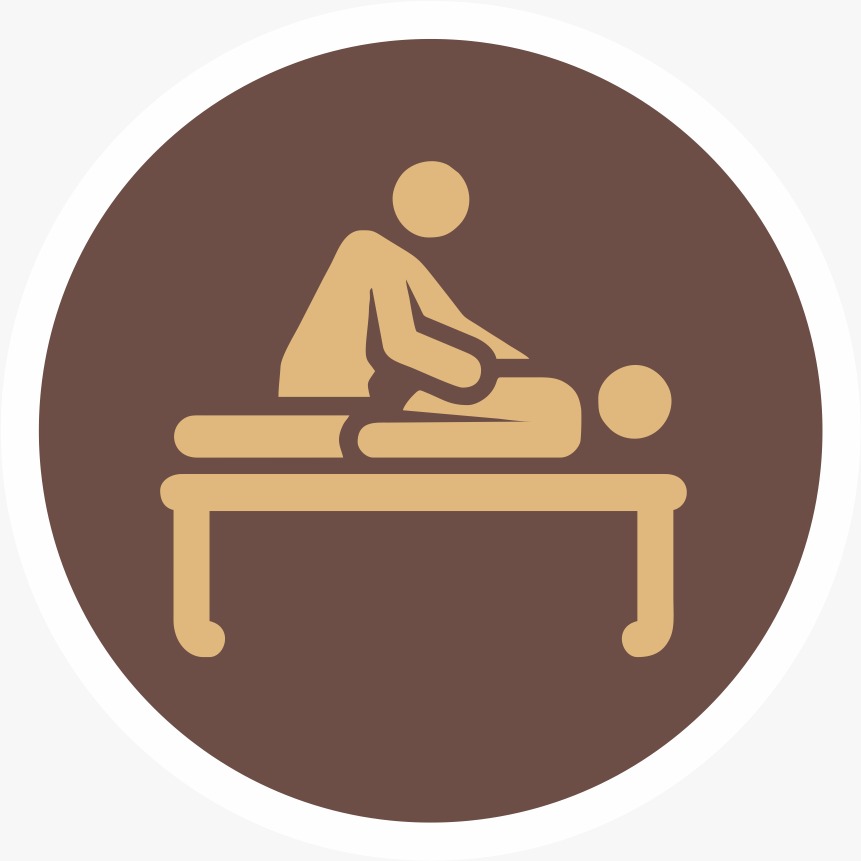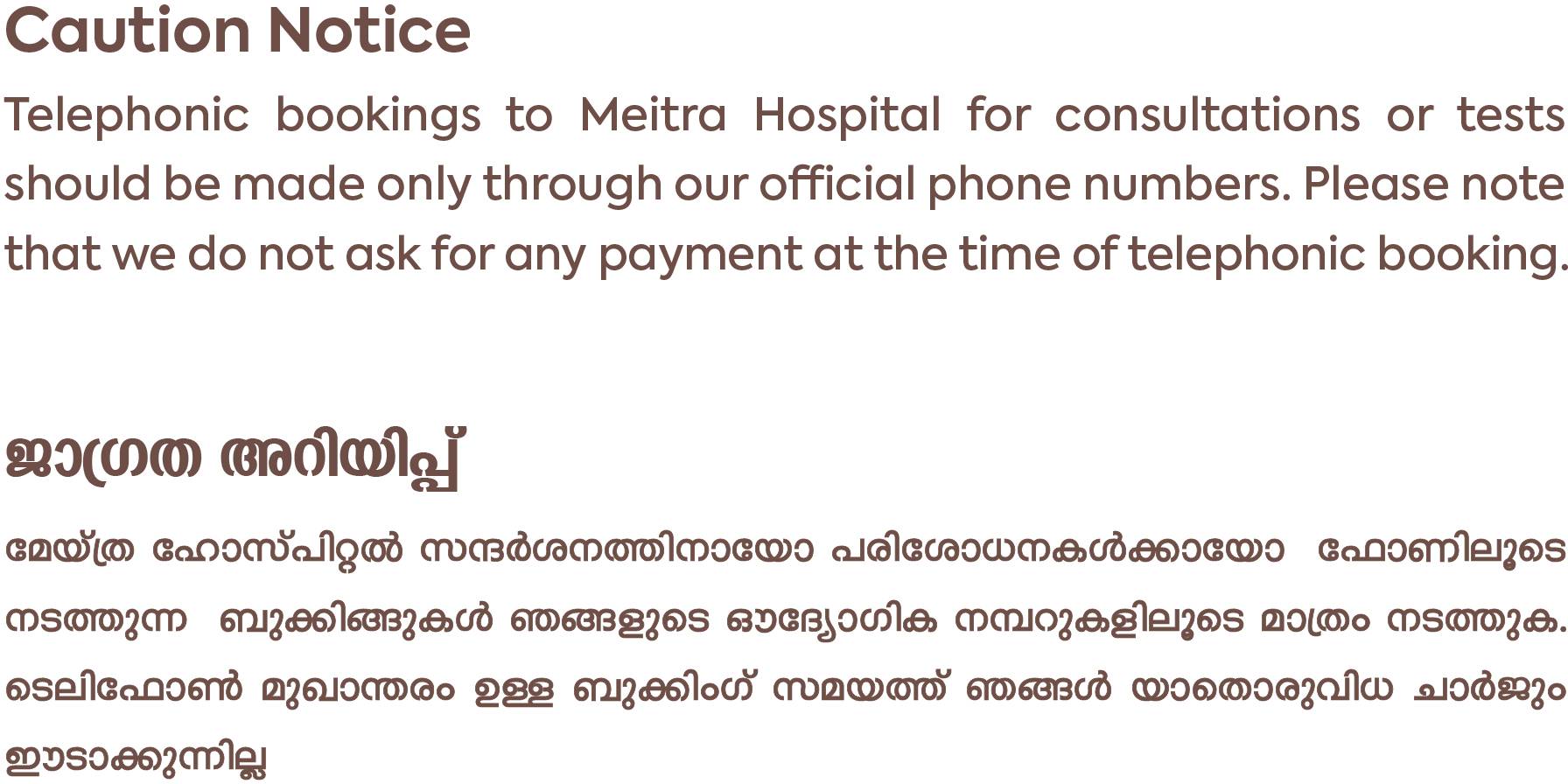- Our Doctors
- Our Specialities
Centres of Excellence
-
 Centre for Blood Diseases, BMT & Cancer Immunotherapy
Centre for Blood Diseases, BMT & Cancer Immunotherapy -
 Centre for Bone, Joint & Spine
Centre for Bone, Joint & Spine -
 Centre for Critical Care Medicine and ECMO Services
Centre for Critical Care Medicine and ECMO Services -
 Centre for Gastrosciences
Centre for Gastrosciences -
 Centre for Heart & Vascular Care
Centre for Heart & Vascular Care -
 Centre for Nephro-Urosciences
Centre for Nephro-Urosciences -
 Centre for Neurosciences
Centre for Neurosciences -
 Centre for Obstetrics and Gynaecology
Centre for Obstetrics and Gynaecology -
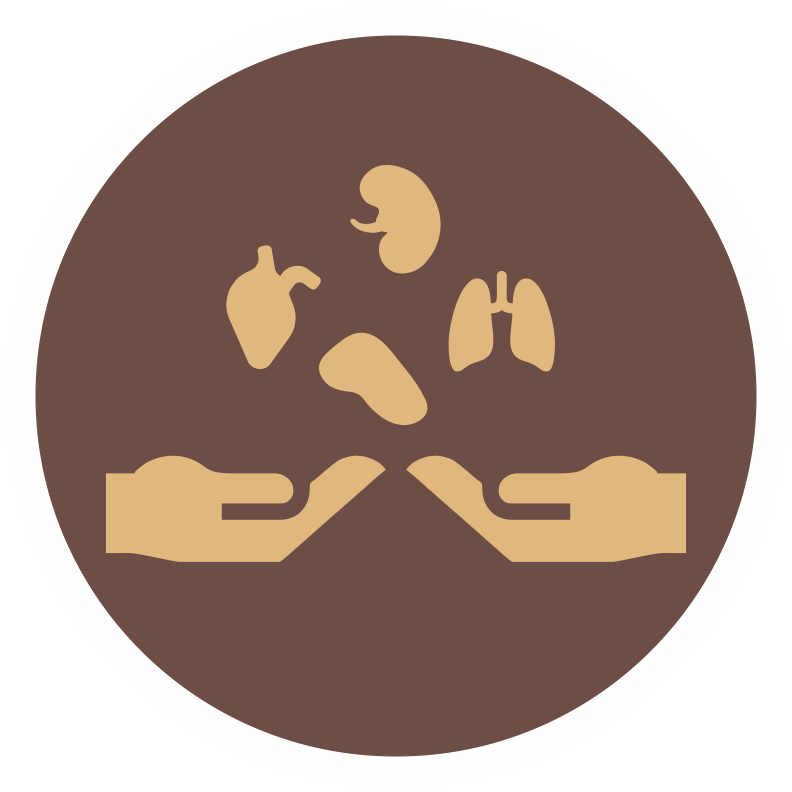 Centre for Organ Transplantation
Centre for Organ Transplantation
Super Speciality
-
 Advanced Diagnostic and Interventional Radiology
Advanced Diagnostic and Interventional Radiology -
 Anesthesiology & Pain Management
Anesthesiology & Pain Management -
 Clinical Nutrition and Dietetics
Clinical Nutrition and Dietetics -
 Dental and Maxillofacial Surgery
Dental and Maxillofacial Surgery -
 Dermatology
Dermatology -
 Emergency and Trauma
Emergency and Trauma -
 Endocrinology and Metabolic Disease
Endocrinology and Metabolic Disease -
 ENT and Head & Neck Surgery
ENT and Head & Neck Surgery -
 Family Medicine
Family Medicine -
 General and Laparoscopic Surgery
General and Laparoscopic Surgery -
 General Medicine
General Medicine -
 GI Onco Surgery
GI Onco Surgery -
 GI Oncology
GI Oncology -
 GI Surgery, Advanced Laparoscopy and Gastro Oncosurgery
GI Surgery, Advanced Laparoscopy and Gastro Oncosurgery
-
- Key Procedures
- Our Hospitals
- International Patient
- Contact us
-
Quick Links
Blogs

Breaking 5 Myths about Endometriosis
Myth 1: The symptoms are just a heavy period.
Women with endometriosis sometimes assume that their symptoms are a normal part of menstruation, and when they do seek the help they are sometimes dismissed as overreacting to normal menstrual symptoms. But in reality, something much more serious is going on than period cramps. One theory is that pain occurs because even when endometrium-like tissue is outside the uterus, it continues to respond to hormonal signals and produce chemicals that cause inflammation and pain.
During the course of the menstrual cycle, this endometrium-like tissue thickens and eventually bleeds. But unlike endometrial tissue in the uterus, which is able to drain through the vagina each month, blood from displaced tissue has nowhere to go. Instead, it pools near the affected organs and tissues, irritating and inflaming them. The result is pain, and sometimes the development of scar tissue that can form a web, fusing organs together, which can create chronic and sometimes severe pain.
Myth 2: Endometriosis only affects the pelvic region.
The most common locations for endometriosis growths to occur are within the pelvis, such as on the outer surface of the uterus, the bladder, and the fallopian tubes. But endometriosis may occur anywhere in the body. Rarely, endometrium-like tissue has been found in the lungs, for example.
Myth 3: Endometriosis is always painful.
Not everyone with endometriosis experiences pain. It’s not uncommon for a woman to learn she has endometriosis only after she begins investigating why she is having difficulty getting pregnant. Endometriosis is linked to infertility and also increases the likelihood of miscarriage and other problems in pregnancy. However, the good news is that the vast majority of women with endometriosis are ultimately able to have a child.
Myth 4: Endometriosis can be prevented.
Depending on your condition, there are certain steps to help lower estrogen levels in the body which can reduce your risk of getting endometriosis. Estrogen can fuel the growth of endometriosis and magnify symptoms. You can reduce your estrogen levels by choosing a lower-estrogen birth control method, losing weight if you are overweight, and getting regular exercise.
Myth 5: Endometriosis always improves after menopause.
Although endometriosis symptoms occur most often during menstruation, for some women they last well after the end of the monthly cycle. Even after a woman goes through menopause, the ovaries continue to produce small amounts of estrogen. Endometriosis growths may continue to respond to the hormone, causing pain. So, while symptoms of endometriosis improve in many women, menopause doesn’t bring relief to all. Some women who have gone through menopause may opt for surgical procedures to remove endometriosis implants or adhesions, or even hysterectomy and oophorectomy (removing the ovaries). However, these procedures are not always successful in controlling pain. Hormonal therapies, too, appear to be less effective in women after menopause.
We recommend directly consulting with your doctor about how to best manage your symptoms and health conditions, and improve your overall quality of life.
Latest Posts
-
 Awake Craniotomy Jul 12, 2022
Awake Craniotomy Jul 12, 2022 -
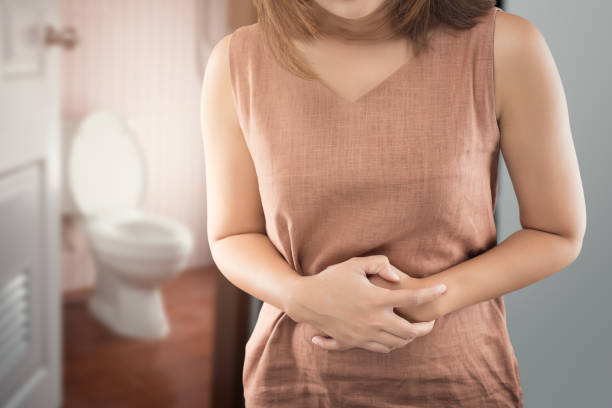 Curing Constipation Jul 12, 2022
Curing Constipation Jul 12, 2022 -
 The ‘Gut Health’ Buzz Jul 12, 2022
The ‘Gut Health’ Buzz Jul 12, 2022 -
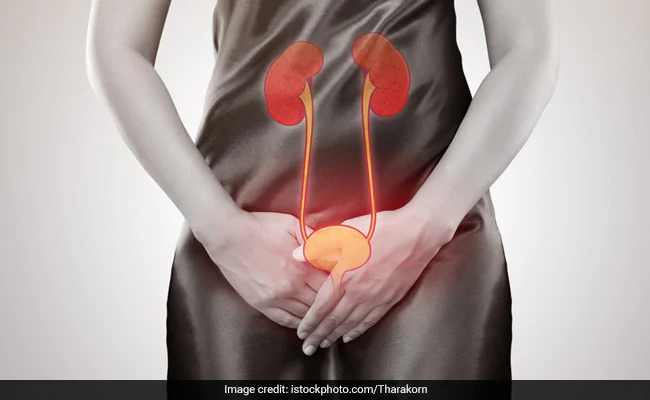 Tips to Prevent UTI Jul 12, 2022
Tips to Prevent UTI Jul 12, 2022
Categories
- Clinical Nutrition and Dietetics
- Endocrinology and Metabolic Disease
- General and Laparoscopic Surgery
- General Medicine
- Physical Medicine and Rehabilitation
- Psychiatry
- Centre for Heart & Vascular Care
- Centre for Bone, Joint & Spine
- Centre for Neurosciences
- Centre for Gastrosciences
- Centre for Nephro-Urosciences
- Centre for Blood Diseases, BMT & Cancer Immunotherapy
- Centre for Obstetrics and Gynaecology

 +91 9393 108 108
+91 9393 108 108







